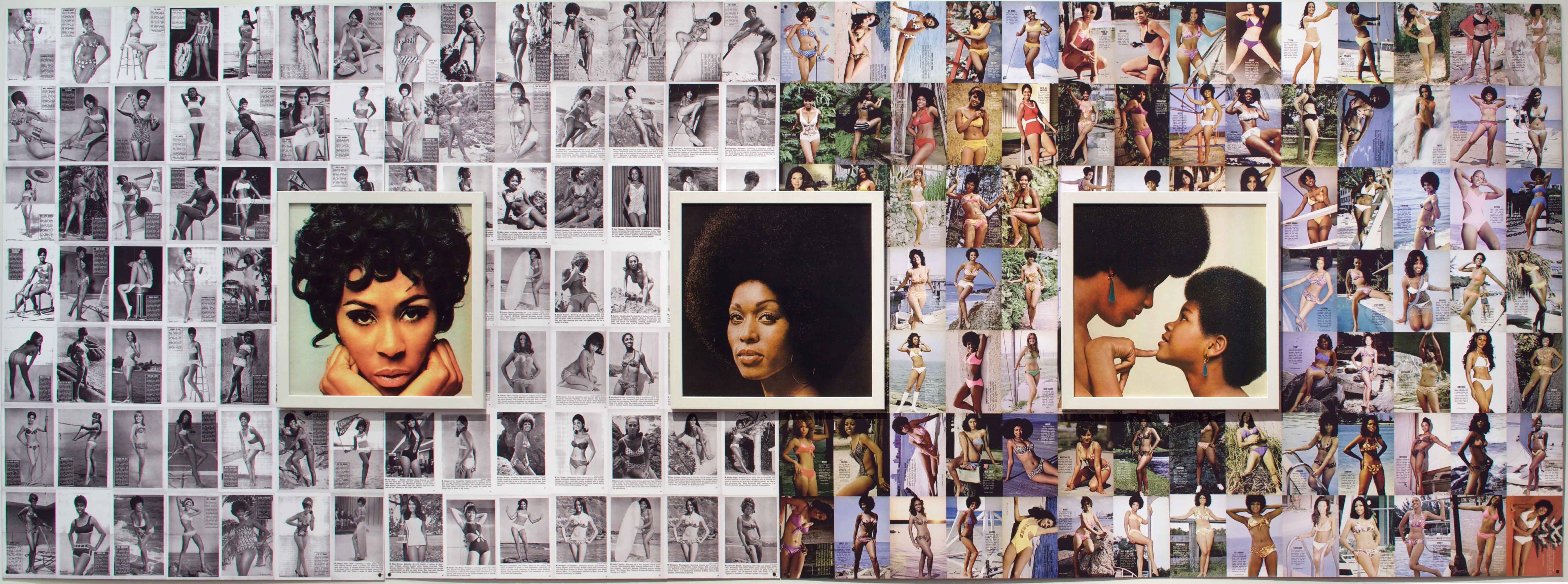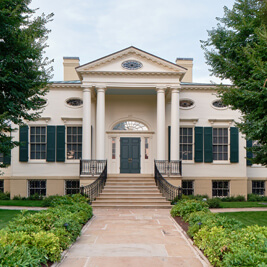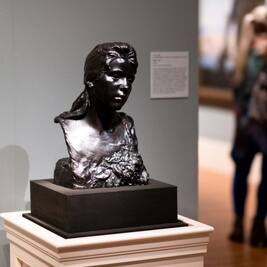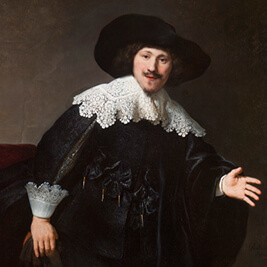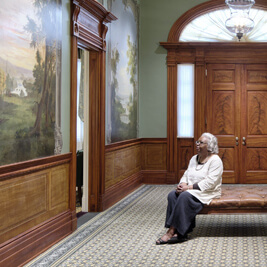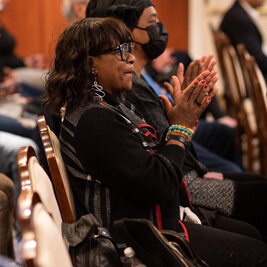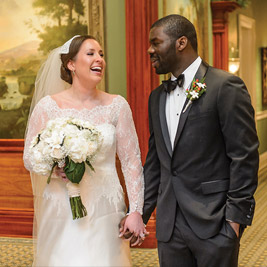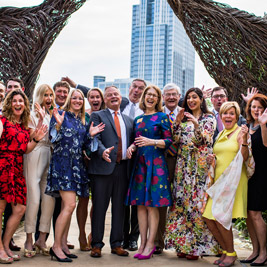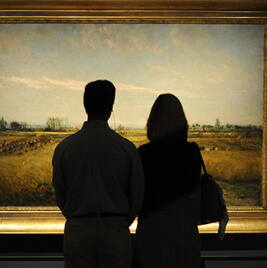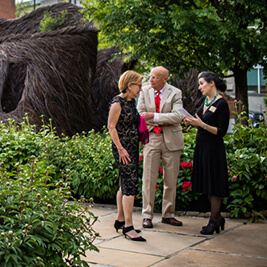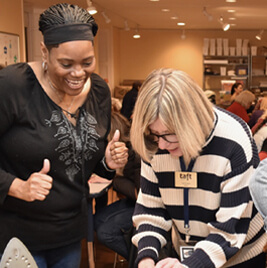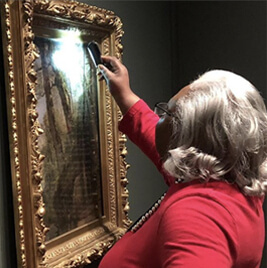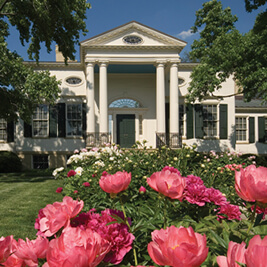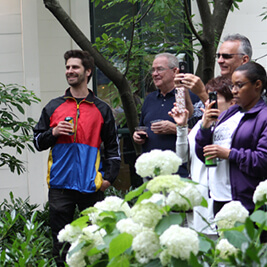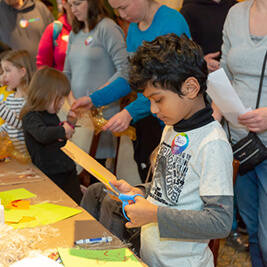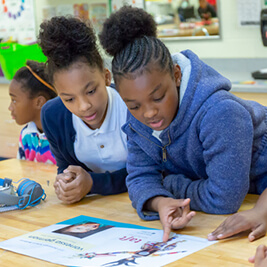- Do + See
- Dine + Host
- Give + Join
- Educate + Learn
5 Must-See Works in Posing Beauty in African American Culture
by Tamera Lenz Muente, Curator
The Taft Museum of Art’s fall exhibition Posing Beauty in African American Culture explores the ways African and African American beauty has been represented in photography since the early 1900s. Here are five of our curator’s picks, ranging from 1930s photojournalism to contemporary artists’ examinations of beauty as it relates to race, class, gender, and politics within art and popular culture.
Charles “Teenie” Harris (American, 1908–1998)
Mary Louise Harris on Mulford Street, Homewood, Pittsburgh, Pennsylvania, 1930–39
Gelatin silver print
Courtesy of the Carnegie Museum of Art, Charles “Teenie” Harris Archive, Heinz Family Fund, 2001.35.8275
Charles “Teenie” Harris photographed Mary Louise Harris standing on a curb in the African American neighborhood of Homewood in Pittsburgh. She is dressed in the height of 1930s fashion, complete with gloves and a jauntily cocked hat. Her modern clothing and gleaming automobile point to her prosperity as a middle-class Black woman. As a photographer for the influential Black newspaper the Pittsburgh Courier, Charles “Teenie” Harris chronicled daily African American life from the 1930s through the 1970s.
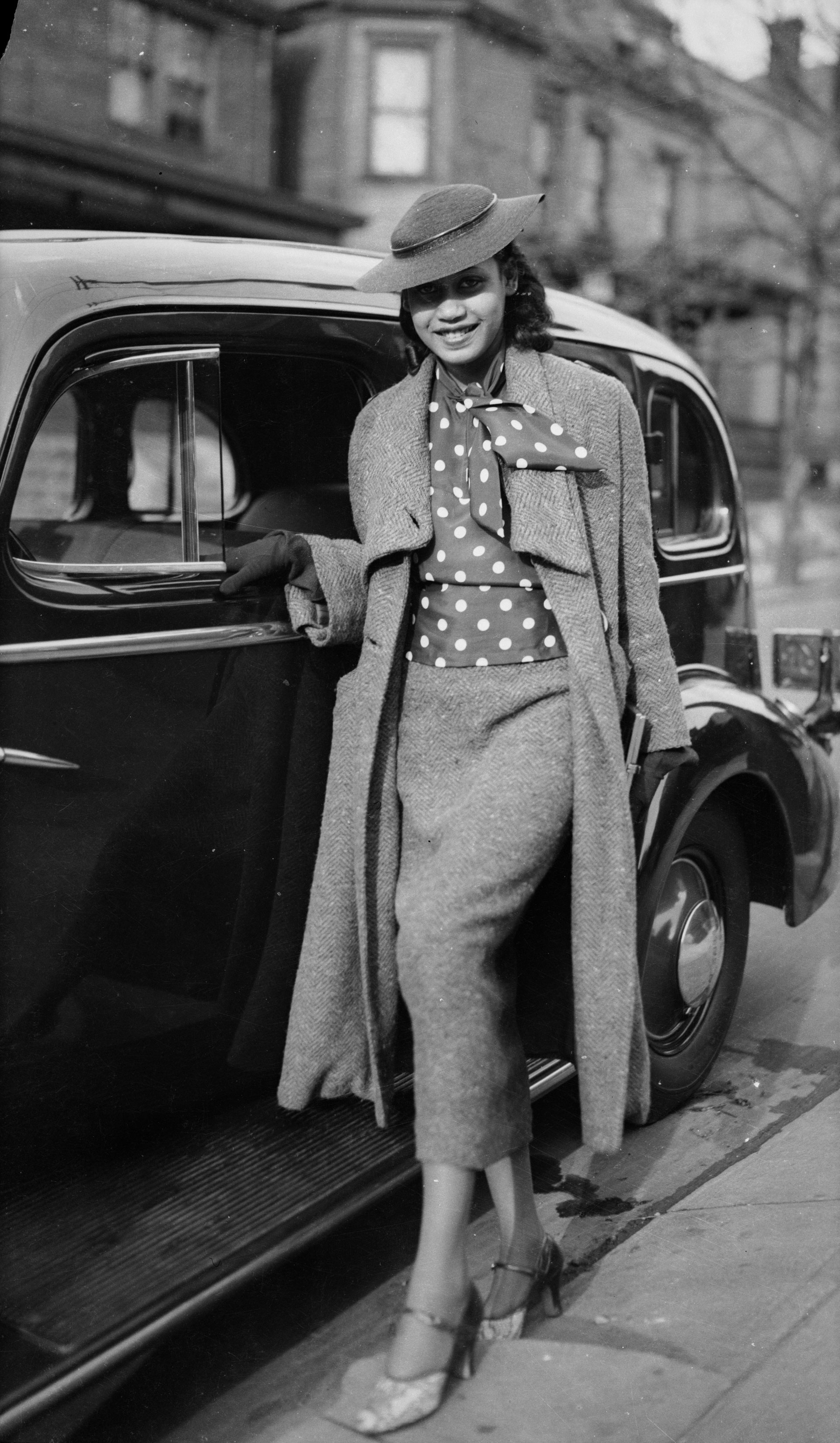
-
Renée Cox (American, born Jamaica, 1960)
Baby Back from American Family, 2001
Archival digital prints
Courtesy of the artist
In a 2018 interview, Renée Cox said, “If you look at art over the years, what has been rewarded, for the most part, is Black people doing art in which they are depicted as victims.” Cox counters this view of African Americans as she portrays herself in guises ranging from self-possessed to superhero. Her photographs draw upon references from popular culture and art history, as in Baby Back—which challenges ideal beauty as constructed by the tradition of European nude paintings—to overturn stereotypes of Black women.
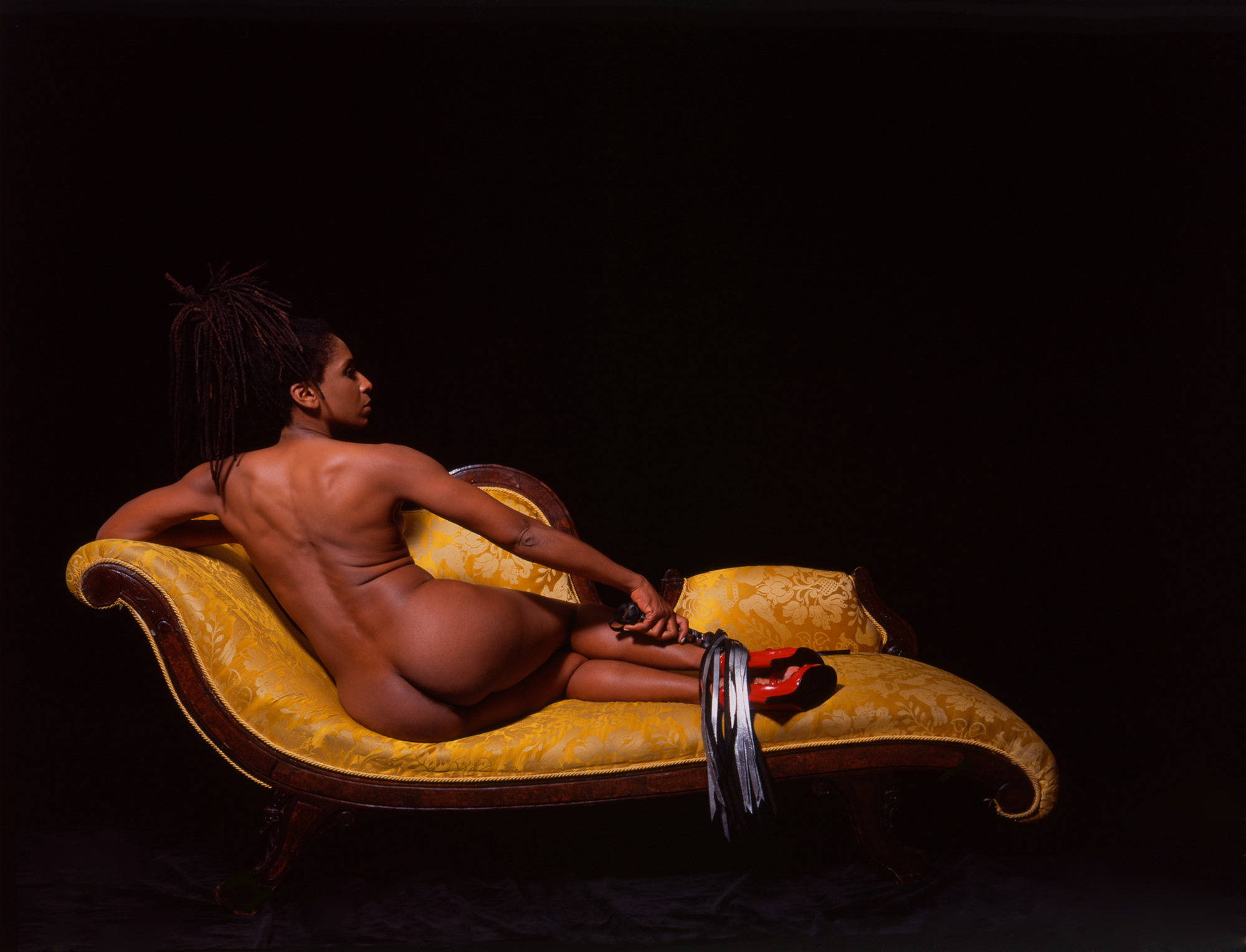
-
Gerard Gaskin (American, born Trinidad and Tobago, 1969)
Untitled (Jlin), 2005
Archival inkjet print
Courtesy of the artist
Gerard Gaskin has been photographing ballroom culture for more than twenty years. Here, a participant prepares for a ball, in which contestants “walk” to “receive their tens” in competitions spanning dance, lip-sync, runway, and performance. Once an underground subculture established in the late 1960s by Black and Brown trans and queer people, ballroom has become more widely known through recent television series, including Pose and RuPaul’s Drag Race.

-
Omar Victor Diop (Senegalese, born 1980)
Frederick Douglass, 2015
Inkjet pigment print on Hahnemuhle paper, edition of 8 + 2 AP
Courtesy Galerie MAGNIN-A, Paris, © Omar Victor Diop
In his series Diaspora, Senegalese photographer Omar Victor Diop—employing himself as model—revisits portraits of Black figures who fought for freedom and liberty centuries ago. Here, Diop poses as Frederick Douglass, the once enslaved man who became a famed orator, writer, and leader of the abolitionist movement in America. In the Diaspora portraits, Diop places references to football (soccer)—here, a yellow referee whistle—to suggest “the duality of living a life of glory and recognition, while facing the challenges of being ‘other.’” Diop sees this paradox as shared between modern African footballers and the historical figures he reimagines in his photographs.
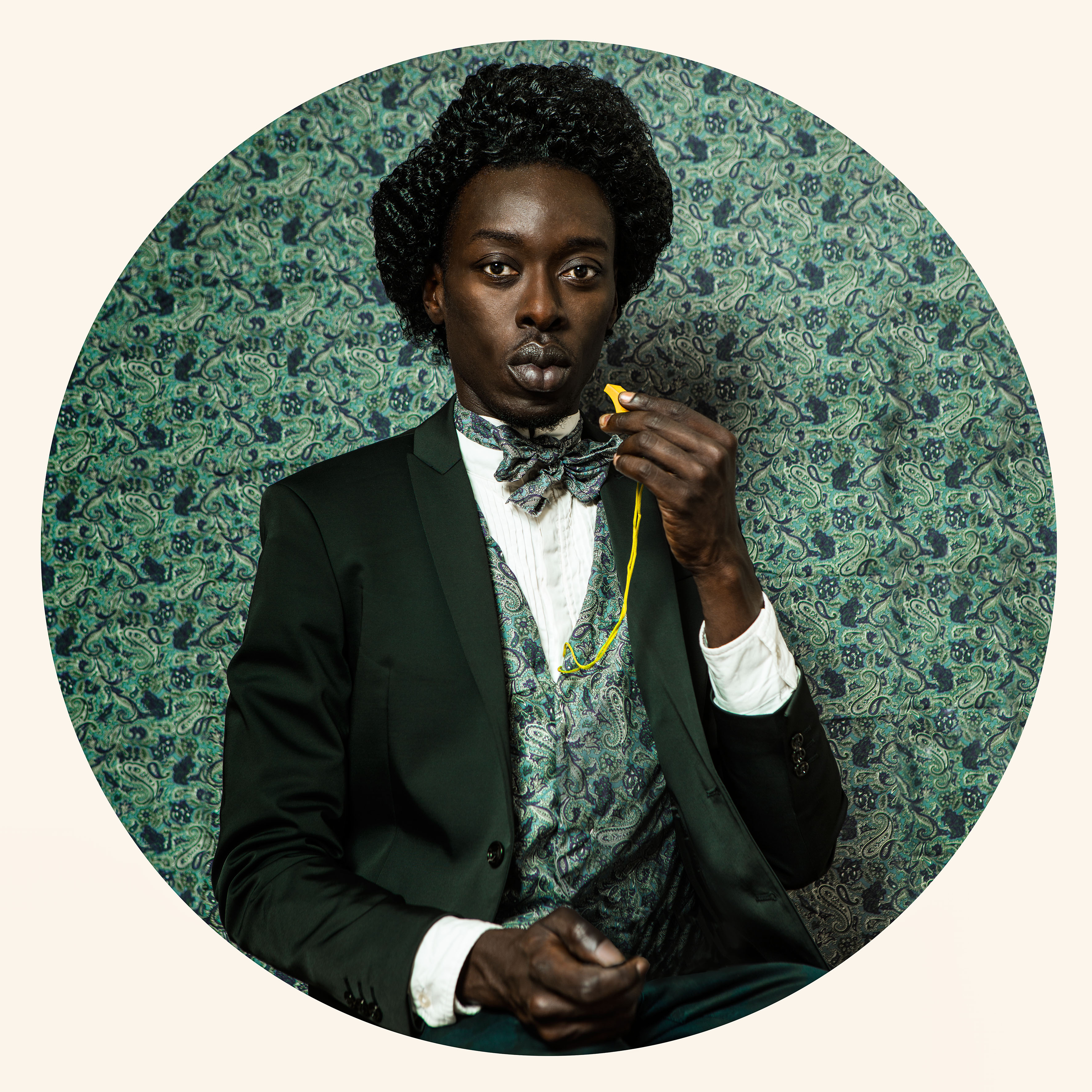
-
Hank Willis Thomas (American, born 1976)
Posing Beauty, 2009
Archival inkjet prints
Courtesy of the artist and Jack Shainman Gallery, New York
Hank Willis Thomas’s large montage combines pin-up images of nearly 200 swimwear-clad women from “Beauty of the Week,” a regular feature in Jet magazine from the 1950s through
2014, when the magazine went online only. Placing the photographs side by side reveals the variety—and uniformity—of beauty standards as presented in the Black press. Jet and its partner publication Ebony featured Black women on their covers nearly twenty years before any mainstream magazine. Thomas often examines mass media, popular culture, and identity in his work.
